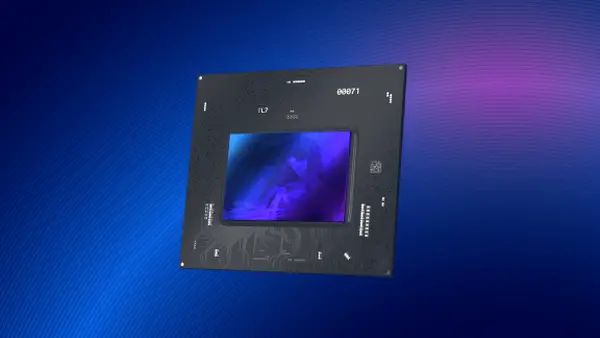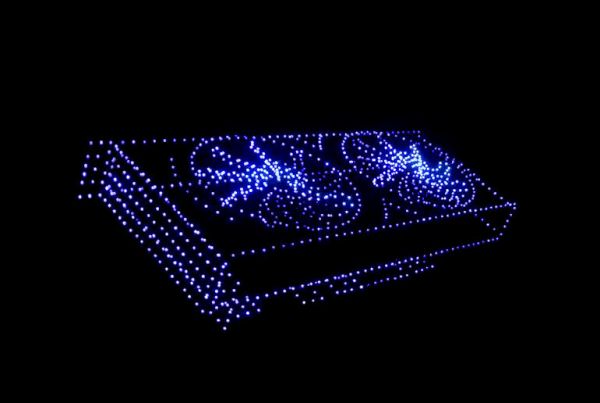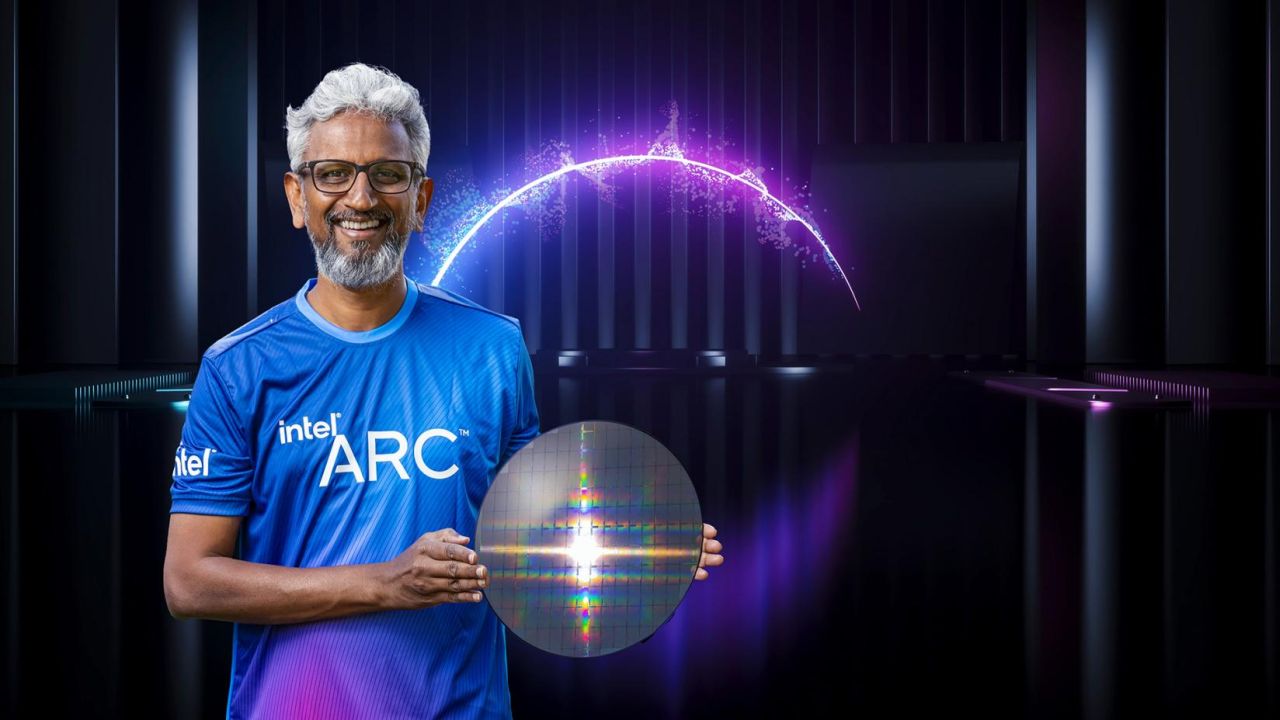Arc video cards, Intel leaves room for partners: there will be custom models
In an interview with the Japanese site ASCII.JP, Intel architecture boss Raja Koduri, along with Roger Chandler (VP and GM, Client Graphics Products and Solutions) and Jeff McVeigh (VP and GM, Data Center XPU Products & Solutions), talked about the series of schede video gaming Arc arriving in first quarter 2022. Some additional details emerged from the interview compared to the recent surveys made during the Architecture Day 2021.
As it is known, Intel will not use a proprietary manufacturing process for the production of Alchemist GPUs, but will target TSMC and its production process N6 (“vulgarly” known as 6 nanometers). A choice that could be unsettling given that Intel invests billions of dollars every year in its Fabs, but which is not surprising for those who have been following the development of the company’s production processes for years.
Only this year Intel seems to have picked up the key and smooth process development clear, with a well-defined roadmap. The company stands though paying for the missteps of other years and therefore the current Intel 7 process (formerly 10 nanometers) was evaluated as not ideal for the production of new GPUs.
The priority, Koduri explained, was that of use a production process capable of ensuring good production capacity. Production volumes, but also other characteristics such as the need to reach certain frequencies and costs, have led Intel to opt for the production for third parties of TSMC, a reality that has been well-established for years of orders by AMD and NVIDIA.
By “production capacity” we also mean the need for leave the current proprietary production lines free for the construction of Core and Xeon CPUs, in order not to find itself in more difficulty than it is today – it should not be forgotten that the whole semiconductor industry is in shortage (it cannot cover the demand), even if with areas more affected than others.
Will Intel return to its Fabs with Xe2 HPG GPUs, codenamed Battlemage? It is not known at the moment, but if he were to continue with TSMC he could opt for the N5 or N4 processes, although rumors have recently circulated about a strong interest in the N3 process (3 nanometers).

As for the actual cards, Intel has confirmed that they have created a reference project (as AMD and NVIDIA do) and to have it delivered to AIB partners, all of which will have the opportunity to create your own custom solutions, so we could see on the market reference solutions but also customized proposals, even if at the moment it is not clear how the offer will materialize.
With regard to a possible professional incarnation of dedicated video cards, with a line of competing proposals to solutions from NVIDIA (formerly Quadro) and AMD (Radeon Pro), Intel explained that Alchemist GPUs have the necessary to support the workstation market and high-end applications such as 3DS Max, however, without elaborating further. It is therefore entirely possible the arrival of “Pro” models for a market that Intel considers to be of value.

Moving on to XeSS, the technology that Intel wants to introduce as an alternative solution to NVIDIA DLSS and AMD FSR, company executives have confirmed that the technology it will be backwards compatible with Iris DG1 GPUs based on Xe LP architecture (Iris Xe and Iris Max in the mobile field) and the solutions integrated in the 11th generation “Tiger Lake” CPU Core. As previously reported, XeSS should also work on NVIDIA and AMD GPUs thanks to the DP4a instruction.
Finally, Intel has rejected the hypothesis of a multi-GPU support through the Xe Link technology which he will use instead for the Xe HPC Ponte Vecchio accelerators, but it has not been clarified whether it will be possible to combine two cards in parallel using the PCI Express bus. The hint is that Intel, but on the other hand also for NVIDIA and AMD is the same thing, is not interested in focusing on the multi-GPU in the gaming field.















